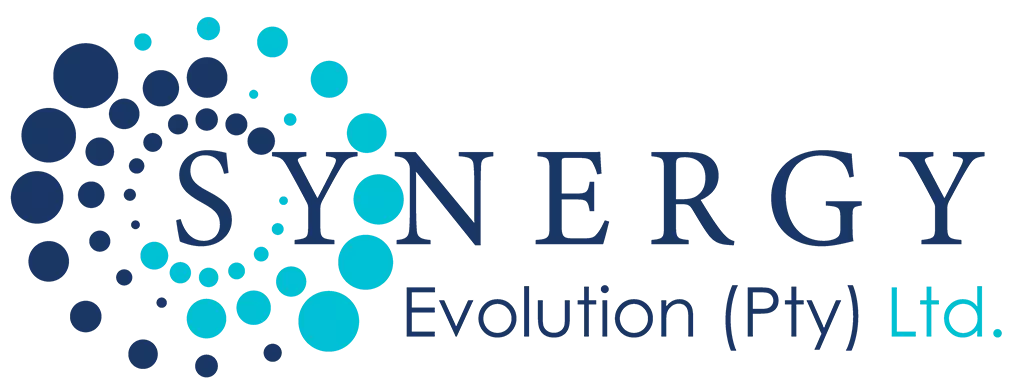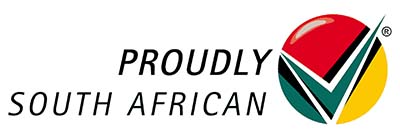Hey there, fellow asset managers! Welcome to an exciting journey into the world of governance frameworks.
Today, we’re diving into a crucial aspect of asset management: establishing roles, responsibilities, and processes to ensure positive audit outcomes.
So, buckle up as we explore how a well-defined governance framework can set the stage for success in asset management.
Key Facts
- Benefits of a Well-Defined Governance Framework: Enhanced transparency, accountability, risk mitigation, and efficient decision-making.
- Key Elements: Roles, responsibilities, processes, and compliance.
- Steps to Establish: Assessment, stakeholder identification, policy development, and monitoring mechanisms.
- Challenges and Solutions: Resistance to change and resource constraints countered by education, communication, gradual implementation, and technology.
Understanding Governance Framework
Let’s kick things off by understanding what exactly a governance framework entails.
Think of it as the blueprint that outlines who does what, how decisions are made, and how everything fits together in the grand scheme of asset management.
It’s like the guiding light that keeps everyone on track and ensures smooth sailing.
Within this framework, we have three main pillars:
- Roles: Who’s responsible for what?
- Responsibilities: What tasks and duties fall under each role?
- Processes: How do we go about achieving our goals and making decisions?
Benefits of a Well-Defined Governance Framework
Picture this: a well-oiled machine humming along, each part working in perfect harmony.
That’s the beauty of a well-defined governance framework. Here’s why it’s a game-changer:
- Enhanced Transparency: Everyone knows what’s going on, fostering trust and accountability.
- Improved Accountability: With clear roles and responsibilities, there’s no passing the buck.
- Mitigation of Risks: Identifying and addressing potential pitfalls before they become problems.
- Efficient Decision-Making: Streamlined processes mean faster, smarter decisions.
Key Elements of a Governance Framework
So, what goes into crafting a rock-solid governance framework?
- Clarifying Roles and Responsibilities: No more guessing games—everyone knows their part.
- Defining Decision-Making Processes: From brainstorming to implementation, we’ve got it covered.
- Establishing Communication Channels: Open lines of communication keep everyone in the loop.
- Ensuring Compliance with Laws and Regulations: Because playing by the rules is non-negotiable.
Steps to Establish an Effective Governance Framework
Ready to roll up your sleeves and get to work? Here’s how to make it happen:
- Conducting a Governance Assessment: Take stock of where you are and where you want to be.
- Identifying Stakeholders and Their Roles: Who’s in the driver’s seat, and who’s along for the ride?
- Developing Policies and Procedures: Documenting the who, what, when, where, and why.
- Implementing Monitoring and Evaluation Mechanisms: Keeping a finger on the pulse to ensure everything is running smoothly.
Challenges and Solutions
Challenges:
- Resistance to Change: Often, employees may resist the implementation of new governance frameworks due to fear of change or uncertainty about their roles and responsibilities. This resistance can stem from a lack of understanding about the benefits of the framework or apprehension about additional workload.
- Resource Constraints: Limited financial resources, time constraints, and lack of expertise can pose significant challenges in establishing and maintaining an effective governance framework. Small to medium-sized asset management companies, in particular, may struggle to allocate resources for governance initiatives.
Solutions:
- Education and Training: To address resistance to change, it’s crucial to provide comprehensive education and training sessions to employees at all levels. This helps them understand the importance of the governance framework, how it benefits the organization, and clarifies their roles within it.
- Effective Communication: Transparent and open communication channels are essential for addressing concerns and gaining buy-in from stakeholders. Regular updates, town hall meetings, and feedback sessions provide opportunities for employees to voice their opinions, ask questions, and contribute ideas.
- Gradual Implementation: To overcome resource constraints, consider a phased approach to implementing the governance framework. Start with key areas or departments where the impact will be most significant, then gradually expand the framework across the organization as resources become available.
- Utilization of Technology: Leverage technology solutions to streamline governance processes and reduce manual effort. Invest in user-friendly software platforms or tools that automate documentation, reporting, and compliance tracking. This not only improves efficiency but also enhances transparency and accountability by providing real-time insights into governance activities.
Conclusion
And there you have it, folks! A comprehensive guide to building a governance framework that sets the stage for positive audit outcomes.
As we wrap up, remember: the key to success lies in clarity, communication, and compliance. So, go forth and pave the way to a brighter future in asset management!





